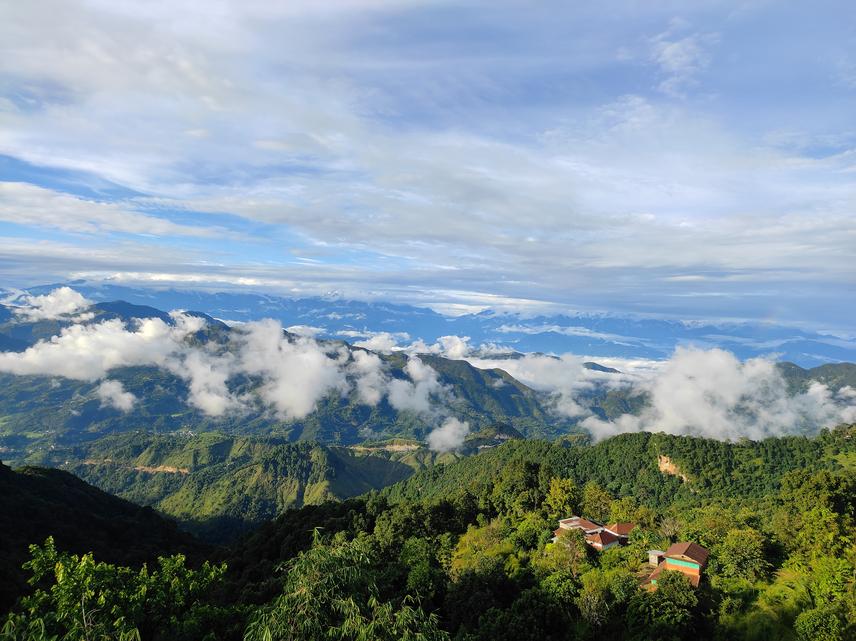Sangam Poudel
Globally, human–wildlife conflict is a growing conservation concern that threatens both biodiversity and human livelihoods. The number of incidents is soaring particularly in Nepal’s mid-hill regions. This is due to unplanned development activities and expanding human settlements, which encroach upon vital wildlife habitats.
The project site is Rangbhang, Syangja, Nepal which is ecologically significant providing home to three of Nepal’s endemic wild species, Spiny Babbler (Acanthoptila nipalensis), Csorba’s Mouse-eared Myotis (Myotis csorbai), and Mahabharat Torrent Frog (Amolops mahabharatensis). However, the area is witnessing increasing incidents of conflict involving species such as leopards (Panthera pardus), Indian crested porcupines (Hystrix indica), and wild boars (Sus scrofa), leading to frequent cases of crop damage, livestock depredation ultimately resulting into retaliation through local community. Despite these challenges, there is a lack of concrete data to understand the scope and severity of the conflict.
The region also hosts a community-run homestay, which has yet to realize its tourism potential due to limited promotional efforts. This is despite being situated along the Millennium Trek and featuring attractions like natural caves, the historical landmark ‘Jaar Katney Dhunga’, and rich biodiversity including diverse species of birds, plants and butterflies, making it a potential hotspot for nature tourism and research.

Project site Rangbhang Village with beautiful landscapes in the background. © Sangam Poudel.
This project seeks to address both the conservation and tourism challenges in the project site through three core objectives:
1. Documentation of human–wildlife conflict
We will assess the extent, pattern, and trends of human–wildlife conflict through questionnaire surveys with the locals and on-ground verification of the incident.
2. Sensitisation of local students and community stakeholders
Several units of conservation camps and stakeholder workshops will be organized to raise awareness among students and local residents. These sessions will use visual aids and presentations to educate participants about the causes, impacts, and solutions for human-wildlife conflict.
3. Conflict Mitigation and Eco-Tourism Promotion
This project will support conflict-affected households to upgrade their livestock enclosures, making them predator-proof. In parallel, the project will help promote the local community homestay by developing and distributing informative booklets and pamphlets on local biodiversity, tourist destinations, and available services. A launch event will be held to raise public and media attention.
Through this initiative, we aim to foster peaceful human–wildlife coexistence while unlocking the area’s eco-tourism potential, ultimately contributing to sustainable conservation and community development in the project site.